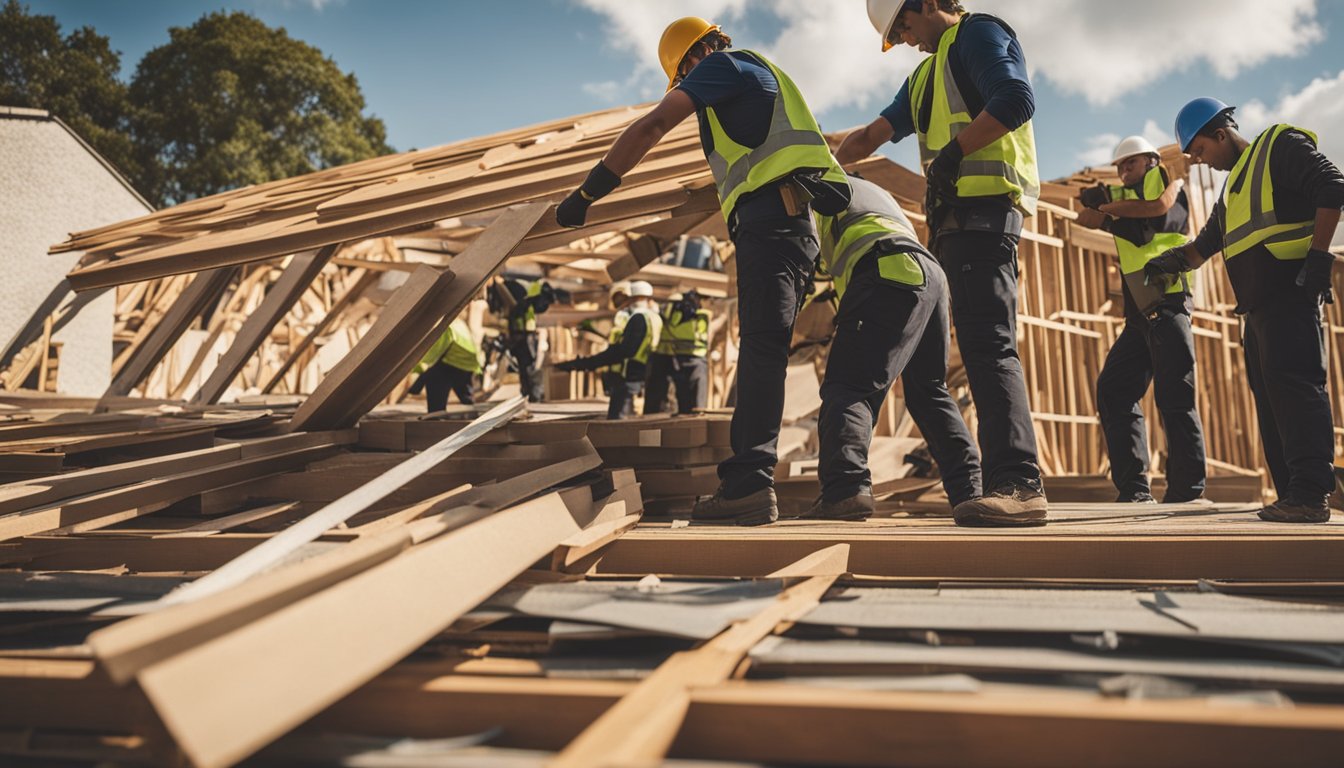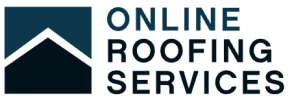Late updated: 03 May 2025 09:05
Written by: Oliver Bennett
The Impact Of Brexit On UK Roofing Industry: Challenges and Opportunities
Brexit has undeniably reshaped various industries across the UK, and the roofing sector is no exception. As we explore the impact on this vital industry, it's clear significant changes have taken place, influencing everything from material costs to the availability of skilled labour. Tariffs and trade barriers post-Brexit have increased the cost of importing roofing materials from the EU, posing challenges for project budgets.

The ripple effects don't stop there. A surge in construction costs is creating additional hurdles, attributable primarily to the shortage of skilled workers and increased expenses tied to essential materials. Moreover, legislative changes, such as those affecting the fixing requirements of UK-manufactured roof tiles and slates, further complicate operational dynamics. These combined factors make navigating the post-Brexit landscape a complex task for industry players.
As we delve deeper, we uncover that despite these challenges, opportunities for adaptation and growth exist within the industry. Stakeholders are becoming more responsive, developing new strategies to mitigate increased costs and sourcing solutions. This points towards a dynamic shift in how the UK roofing industry must operate in a post-Brexit era.
Key Takeaways
- Material costs have risen due to increased tariffs and trade barriers.
- Skilled labour shortages and legislative changes affect project viability.
- Industry players must adapt to the new operational landscape in the UK.
Brexit's Influence on UK Roofing Industry Operations
Brexit has significantly altered the landscape of the UK roofing industry. Notable impacts include changes in the supply chain, raw material availability, and logistical challenges that affect delivery. Understanding these elements is crucial for navigating the post-Brexit roofing industry.
Changes in the Supply Chain
Brexit has reshaped the supply chain dynamics for the UK roofing industry. New trade regulations have introduced customs checks and tariffs that previously did not exist. This has led to delays and increased costs. It is essential for industry players to adjust their procurement strategies. Supply chain diversification has become a priority to mitigate risks associated with relying solely on European suppliers. Relationships with alternative markets, such as those in Asia, America, and other non-EU countries, are being strengthened. The need for clear documentation and compliance with the new regulatory framework is paramount. We must ensure our strategies are flexible to adapt to these evolving trade conditions.
Impact on Raw Materials and Building Materials Availability
Raw materials are pivotal to the roofing industry, and Brexit has created challenges in this area. Many materials previously imported from the EU now face increased costs due to tariffs and exchange rate fluctuations. Availability has become a significant issue as supply chain disruptions lead to shortages. Lead times for materials such as steel and timber have lengthened, impacting project timelines. Construction companies must forecast their material needs accurately and stockpile efficiently. In some cases, there is a shift towards using alternative materials that are more readily available within the UK. Local suppliers have increased their importance in this new environment, providing more reliability amid global uncertainties.
Logistics and Delivery Challenges
Logistical challenges have intensified post-Brexit, affecting delivery schedules within the roofing sector. Customs protocols have slowed down the movement of goods between the UK and the EU. Border delays contribute to unpredictability in project planning. To navigate this new terrain, businesses are turning to logistical software and data analytics to optimise delivery routes and schedules. Investing in technology plays a critical role in anticipating delays and reducing idle time. Collaboration with logistics partners is vital to ensure smoother operations. Companies must also focus on maintaining robust communication with clients to manage expectations and reassure them about timelines.
Labour, Materials, and Project Costs After Brexit

Following Brexit, the roofing industry in the UK has experienced notable shifts. The challenges primarily revolves around increased labour shortages, rising material costs, and compounded difficulties induced by external factors like the COVID-19 pandemic.
The Labour Market: Contractors, Plumbers, and Electricians
Brexit has led to significant changes in the labour market for the UK roofing industry. A reduction in immigrant workers has resulted in a shortage of skilled contractors, plumbers, and electricians. This has driven up wages as demand outweighs supply. Our dependence on EU nationals in these roles has been a central concern, and obtaining visas has become more complex and costly. As a result, smaller firms, particularly, face challenges in maintaining project timelines due to the limited workforce.
Material Price Fluctuations: Timber, Steel, and Membranes
Material costs have increased due to tariffs and trade barriers. Timber and steel, crucial for roofing, have faced significant price hikes. Timber prices have soared as a result of supply chain disruptions, while steel is more expensive due to increased import duties. Furthermore, bituminous and single ply membranes, essential for waterproof roofing, have seen price volatility. Delays in material delivery are now common, affecting project timelines and budgets. Procuring materials has become a more strategic task, requiring careful planning and source diversification.
Influence of External Factors: COVID-19 Pandemic
The COVID-19 pandemic magnified existing issues and introduced new challenges. It disrupted supply chains further, leading to delays and increased costs. Deliveries of materials were often postponed, and health measures on job sites reduced labour capacity. Projects were often paused, increasing overheads and affecting financial planning. This compounded the effects of Brexit, as firms struggled with reduced cash flows and unpredictable schedules. Balancing health guidelines with productivity remains a critical task in recovering from these setbacks. Our industry's adaptation to these challenges is crucial for future stability.
Frequently Asked Questions

The UK's roofing industry has experienced changes post-Brexit, affecting material costs, regulatory frameworks, and labour availability. Additionally, adjustments in trade relations and tariffs have influenced industry dynamics. Here’s how these elements unfold.
How has Brexit influenced material costs in the UK roofing sector?
Material costs have risen due to tariffs and barriers to trade. These changes impact roofing materials imported from the EU, consequently influencing project budgets.
What changes have UK roofing businesses seen in regulatory frameworks post-Brexit?
Regulatory changes have been implemented, affecting how roofing businesses operate. Firms now face different standards for placing products on the UK and EU markets, increasing complexity in compliance.
How has the availability of skilled labour within the UK roofing industry been affected by Brexit?
The availability of skilled labour has decreased as movement restrictions affect EU workers. This decline has pressured the industry to find local talent, increasing competition for skilled tradespeople.
In what ways has the UK roofing market adjusted to post-Brexit trade relationships?
The UK roofing market has adapted by sourcing more materials locally and exploring alternative international suppliers. These changes aim to mitigate the disruption caused by new trade barriers.
What are the long-term projections for the UK roofing industry in the context of Brexit?
Long-term projections suggest that the industry will continue adapting to new economic conditions. Innovations and shifts in sourcing and labour strategies will likely define future resilience and growth.
How have import and export tariffs changed for the UK roofing industry since Brexit?
Import and export tariffs have increased, particularly with EU countries. These tariff changes necessitate strategic adjustments in sourcing and pricing to manage costs effectively.
